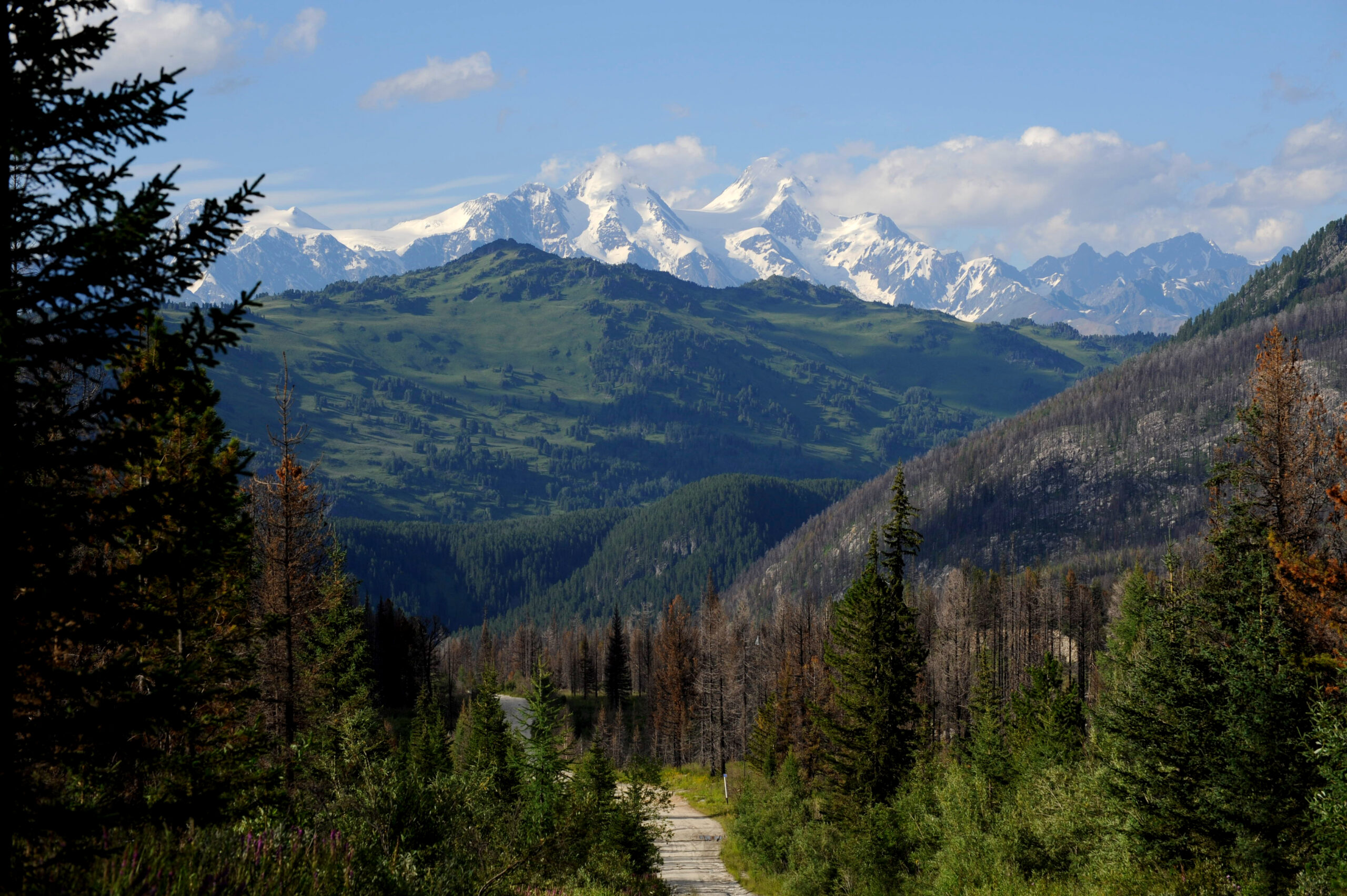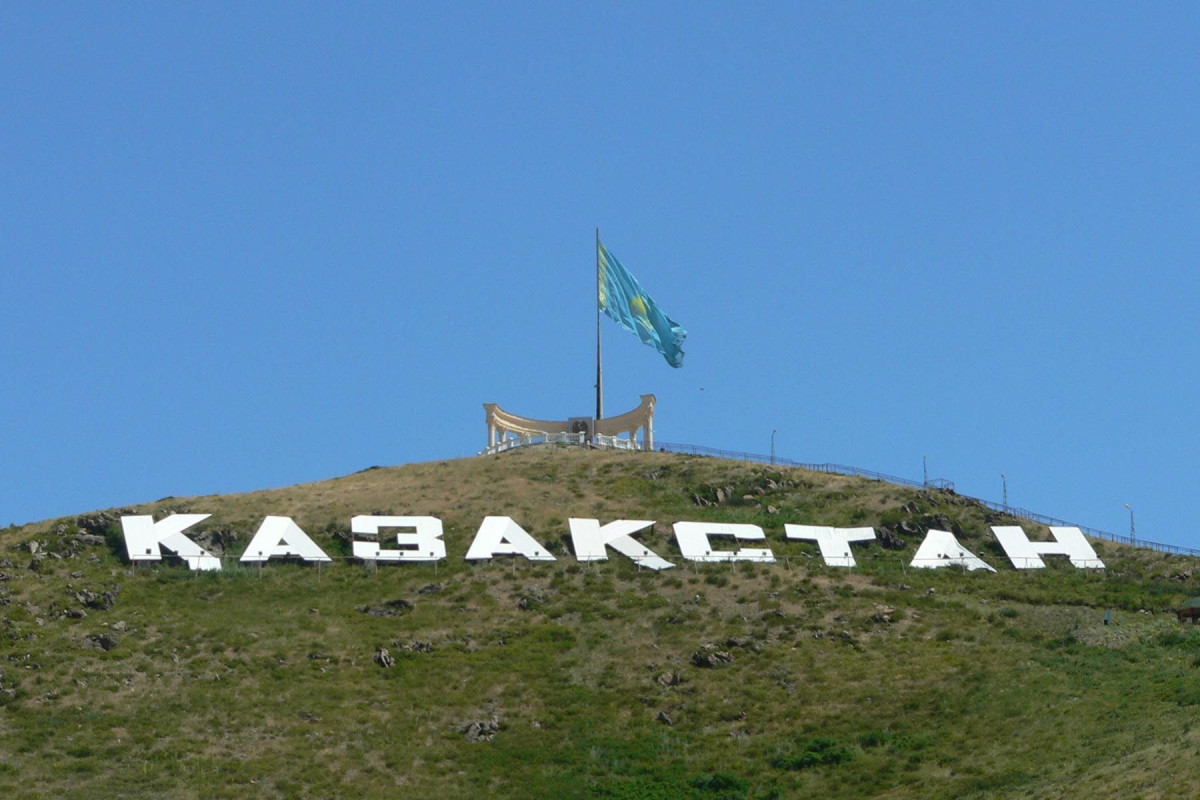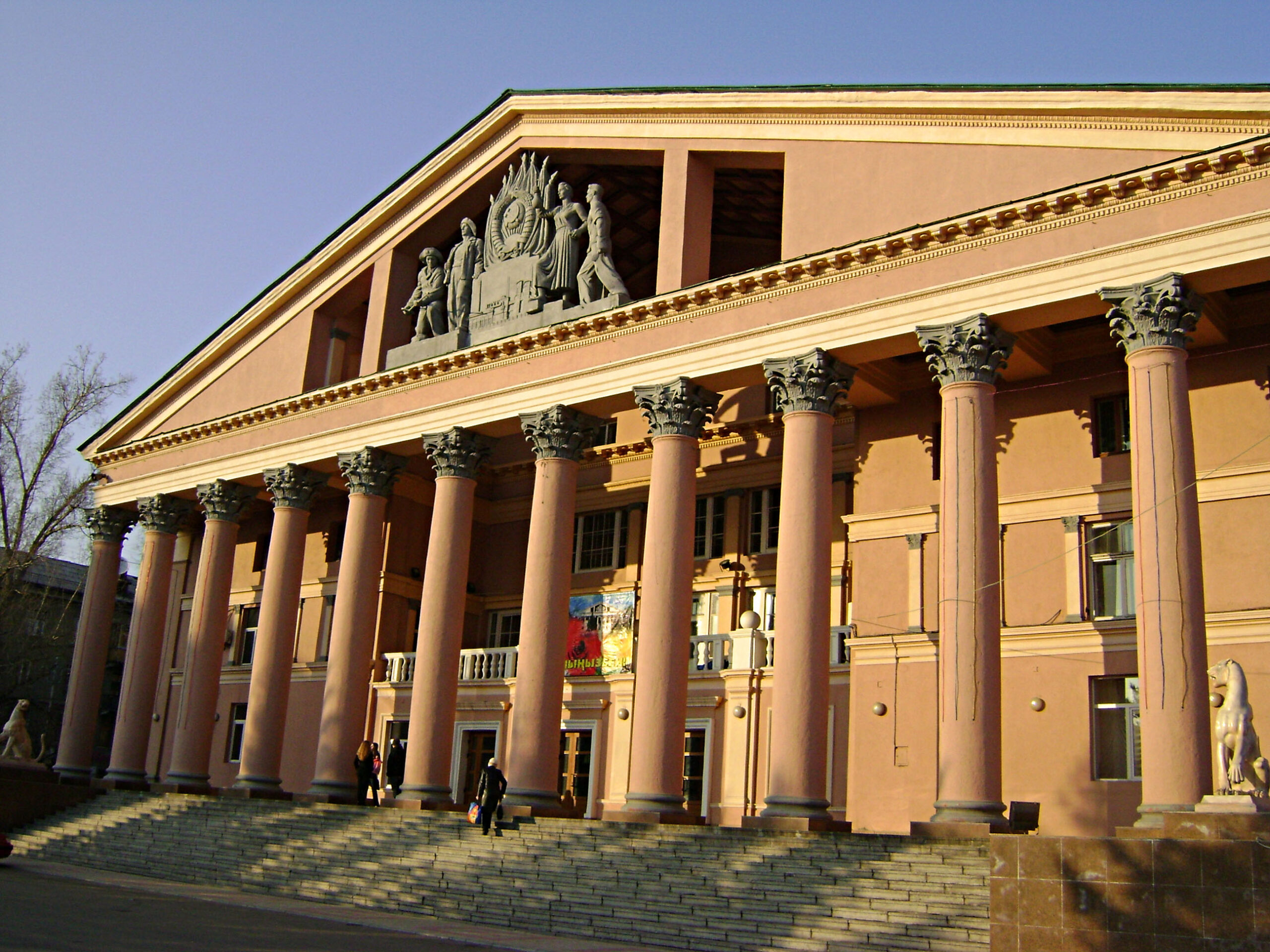Editor’s Note: The Astana Times introduces a new series, Exploring Kazakhstan, City by City. We are setting out to unveil the rich diversity of Kazakhstan’s cities. Starting with Zhezkazgan, Shymkent, Taldykorgan, and Karagandy we continue our journey in the glorious city of Ust-Kamenogorsk. By exploring each city’s unique history and culture, we aim to bring you closer to the heart and soul of Kazakhstan.
ASTANA – With majestic mountains and nature reservations nearby, Ust-Kamenogorsk is a perfect gateway city for adventurous tourism through the East Kazakhstan Region. Ust-Kamenogorsk is situated beside Kazakhstan’s Rudny Altai Mountains at the confluence of the Irtysh and Ulba rivers, within driving distance of two national parks.

The Irtysh river embankment is a favorite strolling place for Ust-Kamenogorsk citizens. Photo credit: Andriej Szypiłow/wikipedia.org. The map was designed by The Astana Times.
The name Ust-Kamenogorsk is derived from two Russian words meaning “mouth of the river” and “rock.” It aptly describes the very place where the Irtysh river appears to burst forth from the rocky mountains and flow across the plain. Now with a population of over 300,000 people, Ust-Kamenogorsk is the administrative center of the East Kazakhstan Region.
Gateway to nature
All the words in the world could not describe the beauty of the East Kazakhstan Region that opens from Ust-Kamenogorsk along the Irtysh river to the nation’s largest water reservoir Bukhtarma and Zaisan lake.

Katon-Karagai National Park. Photo credit: visiteast.kz
Katon-Karagai National Park, located outside the Ust-Kamenogorsk’s industrial zone, is considered to be Kazakhstan’s largest natural park. It is home to rare animals and birds, including the snow leopard, black stork, stone marten, white-winged scoter, and Altai snowcock.
Another nearby reserve, the West Altai state reserve was established to preserve the unique mountain lake Markakol. The lake is home to gudgeon, grayling, char, loach and salmonid fish species called Brachymystax savinovi, found exclusively in Markakol lake.
Ust-Kamenogorsk’s nearby sites serve as an outdoorsy place year-round. In summer, along with traditional outdoor pursuits one could do mountain hiking. In winter, the region’s ski resorts welcome visitors just 40 minutes from the city.
Around 450 kilometers from Ust-Kamenogorsk, one will find Rakhmanovskiye hot mineral springs enriched with radon and calcium hydrogen carbonate. The water temperature remains consistently at 40 degrees Celsius year-round. The accompanying sanatorium is renowned far beyond Kazakhstan, attracting patients from Belgium, Finland, France, the Czech Republic, Germany, and China.
Industrial city
In 1720, the Cossacks erected a small fort, and two centuries later, the Soviet Union made the city the focal point of the mining and metallurgical industry of the largely agrarian Kazakh Soviet Socialist Republic (SSR).

The Hollywood-like inscription “Kazakhstan” on Ablaket Mountain. Photo credit: el.kz
The territory of Ust-Kamenogorsk possesses significant natural resources, primarily lead, zinc, copper along with gold, silver and rare metals.
Its industrial history began when, in 1942, during World War II, the Soviet authorities evacuated the Electrozinc plant from Ordzhonikidze, current Vladikavkaz, to Ust-Kamenogorsk.
During the city’s long industrial history as a silver and lead hub, several large plants were built, including the Ulba Metallurgical Plant (UMP), which manufactures high-tech uranium, beryllium, and tantalum products for the needs of atomic engineering, electronics, metallurgical, and other areas.

The Palace of Culture of Metallurgists. Photo credit: Damir Iskanderov/wikipedia.org
Last year, President Kassym-Jomart Tokayev visited Ust-Kamenogorsk’s another major plant, the Titanium-Magnesium Plant, one of the foremost vertically integrated producers globally, specializing in manufacturing titanium sponges, titanium ingots, and alloys. The Kazakh titanium holds a significant 11% share in the global market, with an even more impressive presence exceeding 20% in the aerospace sector.
Kazzinc is another plant, a leading zinc producer with considerable copper, precious metals and lead credits.
The region also hosts numerous thermoelectric power stations and five hydropower plants.
Sightseeing activities
Ust-Kamenogorsk offers its guests a variety of sightseeing options. The Irtysh embankment is a favorite strolling place for the citizens. The river’s current is so strong that it remains unfrozen even in the depths of winter. When the temperatures plummet to minus 35 degrees Celsius, a mesmerizing cloud forms over the river, presenting a unique sight to behold.
The Hollywood-like inscription “Kazakhstan” on Ablaket Mountain is another famous site. The sign is visible from any corner of Ust-Kamenogorsk. The Kazakh flag billows in the breeze above an observation deck accessible to visitors who can enjoy the panoramic view.
The Palace of Culture of Metallurgists built in 1957, offers a historic representation of the city’s industrial past and present. The building is made in the style of Soviet classicism.


